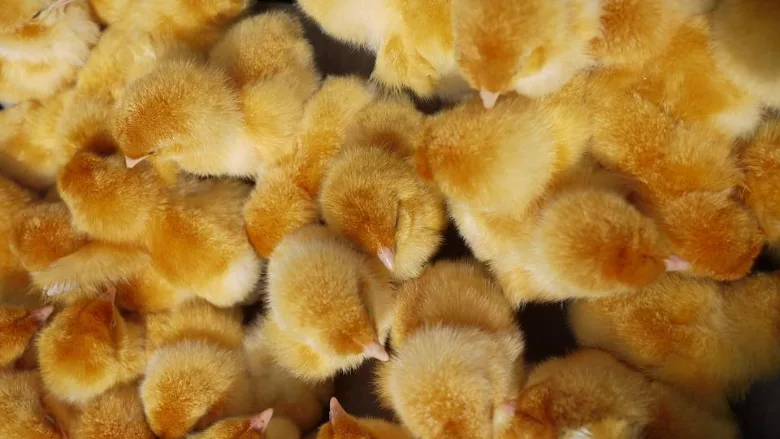Efficacy of Tailored Biosecurity, Hygiene Advice in Reducing Salmonella in Hatcheries

Credit: Liydmyla via Pixabay
A recent study of British commercial hatcheries has demonstrated the efficacy of disseminating and executing tailored advice on preventive controls for Salmonella. The results also provide insight into the prevalence and diversity of Salmonella found in commercial hatcheries, as well as the difficulty of eradicating the pathogen from a facility.
The presence of Salmonella in commercial hatcheries is of particular concern due to the increasing risk of the pathogen’s dissemination throughout the poultry production chain once it arises in a hatchery. Preventive controls at the hatching stage of the poultry production process—such as robust biosecurity, cleaning, and disinfection programs—may reduce the risk of microbiological contamination of poultry products purchased by consumers. Additionally, the ability of certain Salmonella strains to transfer from breeding flock to offspring, as well as the pathogen’s pathways of contamination in hatcheries, are not well understood, which has slowed the implementation of effective controls.
The study observed the changes in prevalence and distribution of Salmonella in contaminated hatcheries after advice on the pathogen’s control was provided. During August 2016–September 2019, researchers visited 23 commercial broiler hatcheries across Great Britain, with each hatchery being swabbed for Salmonella samples at least once. Of the 23 hatcheries that were originally sampled, ten were selected for further sampling to assess the impact of tailored advice on the control of Salmonella.
Sampling results revealed Salmonella prevalence in broiler hatcheries to occur at low levels, and at elevated levels in some hatcheries, indicating that broiler hatcheries pose a risk for Salmonella dissemination in the broiler industry. The pathogen was isolated from 8.5 percent of samples across all swabbed hatcheries; however, 11 visits to six different hatcheries with higher levels of Salmonella contamination resulted in 10.8–33.5 percent positive samples per visit. The study also observed a correlation between the prevalence of Salmonella on hatched chicks and chick handling areas, as well as highlights a need for heightened biosecurity in cleaning areas, waste areas, and areas that interact with the outdoors. The most commonly isolated serovars in the study were S. Senftenberg and S. 13:23:i:-.
The study’s researchers issued reports to hatcheries on preventive Salmonella controls, with suggested improvements typically targeting the choice and concentration of disinfectants, as well as instruction on how to deeply clean difficult areas. The researchers observed that when suggested controls were carried out in full, a reduction in Salmonella prevalence in hatcheries occurred. However, reduced levels of Salmonella were not sustained for follow-up visits. The researchers state that the most common reason for unsustainable Salmonella levels was failure to use disinfectants at a concentration that would be effective for the pathogen. Additionally, the most common fault observed among tray washers was not operating the equipment at a temperature that mitigates the establishment of Salmonella due to concerns about energy costs and steam generation. The diligence of hatchery managers was also found to be crucial in terms of maintaining low Salmonella prevalence.
Despite the prevalence of Salmonella in broiler hatcheries and the difficulty of eliminating the pathogen, the researchers state that facilities can significantly reduce its prevalence through meticulous biosecurity, cleaning, and sanitation practices. The study suggests specific preventive controls for Salmonella in hatcheries, including: careful sourcing of eggs; the use of proven cleaning and disinfecting methods, including the application of effective disinfectants at proper concentrations; regular and thorough decontamination of setters, hatcher areas, and chick handling equipment, with special attention paid to inaccessible areas; decontamination of tray washing and storage areas, as well as waste areas; and setting biosecurity practices to prevent the transfer of Salmonella into the hatchery from external sources.
Looking for quick answers on food safety topics?
Try Ask FSM, our new smart AI search tool.
Ask FSM →









